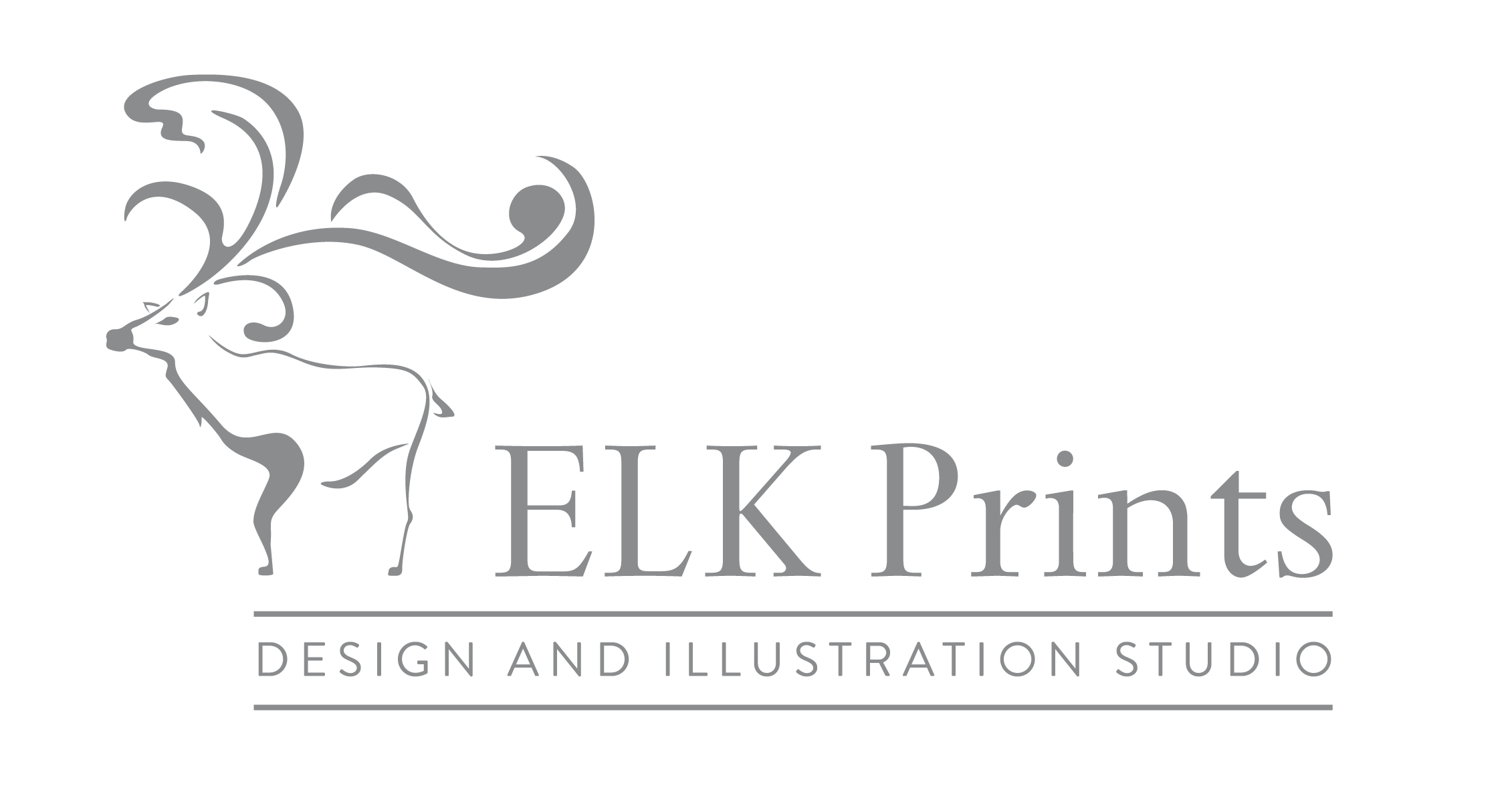6.4 Texture of Sydney

“On Sunday I made a trip round the harbour and saw the exquisite forms and colours of the land and I had never seen anything more beautiful in all my life... There is something elusive and mysterious in this land, some soul I cannot find, some spirit I have never seen, something I can only feel…” (Edgar Bertram Mackennal, 1927 cited in - Emmett 1995; p.46)
Sunshine, light and the clarity of the air are important aspects of Sydney’s climate; the harbour environment that is central to our identity providing a certain sense of style in our choices of materials and colours. Notions of translucence and reflection, lightness of form and colour, the material of glass all become significant in Sydney’s architecture and design. Blue colours reflect the skies and ocean, with a small hint of green for the harbour. White and tones of yellow and cream reflect the sailing yachts, the golden beaches and sparkling sun and the sandstone foundation that is our heritage.
The surface texture of our materials are often in contrast, the smoothness of glass and steel alongside a grain of wood or sandstone. Spaces in Sydney are open and light, forms curve and open out to take in the view and the sunshine. The coastal and harbour views dominate our perceptions of Sydney and the colours and forms and textures they evoke shape the way we design spaces in Sydney.
Looking at the Sydney skyline it might be said that the most appealing city office blocks somehow reflect the nature of the landscape of Sydney. Those buildings that comprise heavily of the blue or green tinted glass that is reminiscent of the deep blues and greens of the harbour water, or those buildings whose forms curve and arc in motion towards the movement of yachts on the harbour, the colours of blue, green, white and creams, materials of sandstone and glass all work to attract the eye and suggest some reflection of the landscape of Sydney. Yet in this the notion of the deceit of cities that emerges in Calvino’s “Invisible Cities” becomes apparent, we are attracted to those buildings that reflect the landscape which they are replacing and intruding upon. (Kelly 2004)
